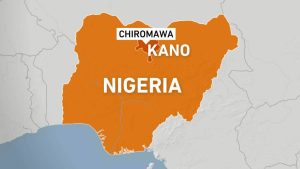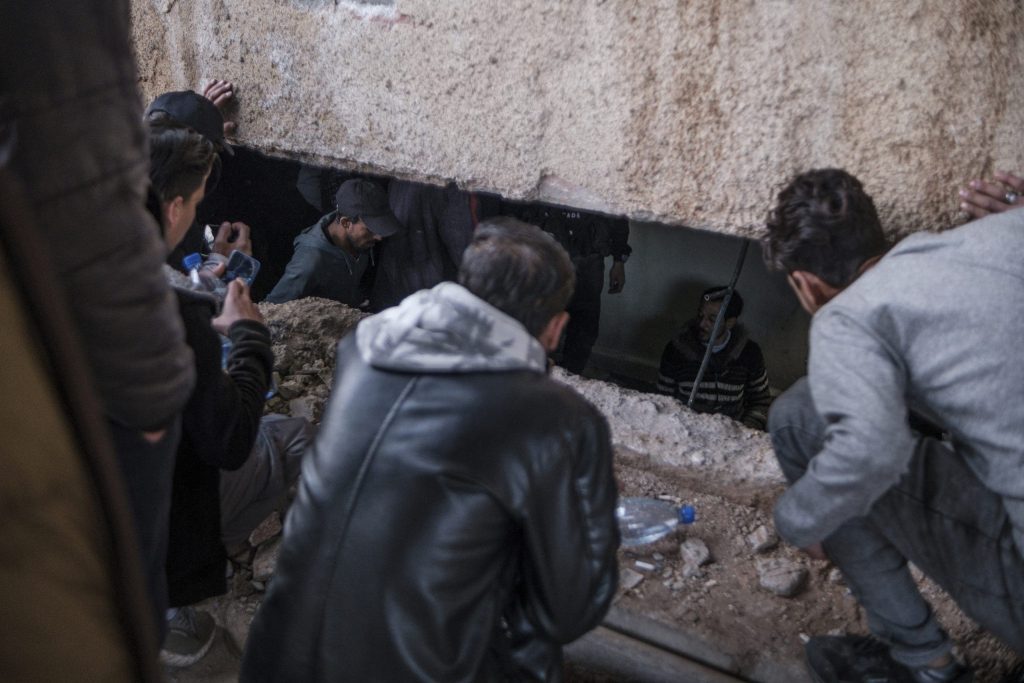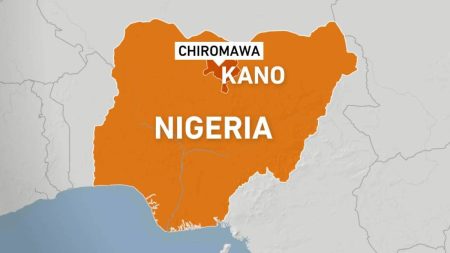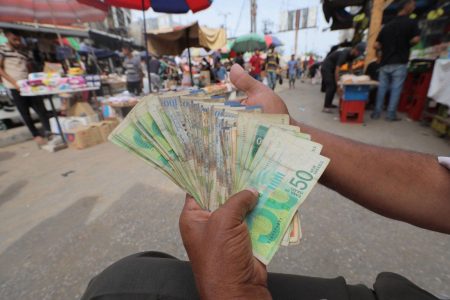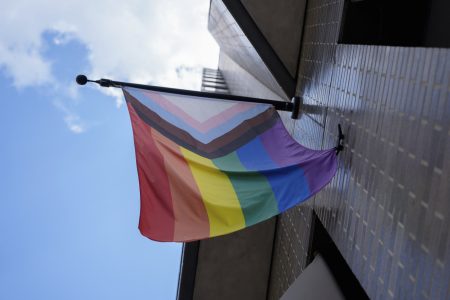Sednaya prison, situated on a hill overlooking Damascus, has become a chilling emblem of the Assad regime’s brutality during the Syrian civil war. More than a mere detention center, it functioned as a “Death Factory” or “Human Slaughterhouse,” systematically crushing dissent and extinguishing humanity. The prison’s ominous presence loomed large in the minds of Syrians, a constant reminder of the regime’s power and the price of defiance. Even mentioning its name carried the risk of imprisonment within its walls. Reports estimate that around 100,000 individuals vanished into Assad’s prison system, including women and children, subjected to unspeakable torture and often death. Conservative estimates suggest at least 10% of detainees perished within these prisons, with some figures reaching as high as 20%. The true number remains elusive as families continue to search for missing loved ones.
The liberation of Sednaya after the fall of the Assad regime unveiled the full horror of the prison’s operations. Returning prisoners recounted scenes of unimaginable cruelty, describing bags of bones, fresh blood staining the floors, and the lingering stench of death. Torture devices of horrific design, including a metal press capable of liquefying bodies, served as chilling testaments to the regime’s barbarity. One particularly poignant story recounted a mother clinging to a torture machine, believing it to be the instrument of her son’s death, desperately trying to recapture a trace of his presence. The psychological scars inflicted upon the survivors, many of whom emerged unable to recall even their own names or the passage of time, underscore the profound and lasting impact of their ordeal.
Beyond Sednaya’s walls, the discovery of mass graves containing the remains of thousands further exposes the regime’s systematic extermination campaign. Refrigerated trucks were reportedly seen transporting bodies to sites disguised as restricted military zones, while the pervasive smell of death became a grim fixture for locals. Evidence suggests many of those interred in these mass graves perished under torture in Sednaya, their bodies bearing gunshot wounds. The sheer scale of these atrocities highlights the regime’s calculated efforts to eliminate opposition and instill terror. The ongoing documentation of these sites and the collection of survivor testimonies are crucial in establishing accountability and preventing the erasure of these crimes.
The atrocities committed in Sednaya were not confined to political opponents. The regime routinely used women and children as hostages, leveraging their imprisonment to pressure family members. Children born within the prison walls as a result of rape by guards bear witness to the depths of depravity. The inhumane conditions inside Sednaya included starvation, beatings, and torture with electricity. Prisoners slated for execution were denied food for three days prior, a cruel act of deprivation even in their final moments. These acts of barbarism paint a picture of a regime that disregarded basic human dignity and embraced cruelty as a tool of control.
The international community faces a critical juncture in the pursuit of justice and reconciliation in Syria. The documentation of the Assad regime’s crimes, while harrowing, is essential for holding perpetrators accountable and preventing future atrocities. The sheer number of individuals involved in the regime’s security apparatus poses a significant challenge to the pursuit of justice. Proposals for a negotiated settlement, involving the surrender of key figures and amnesty for lower-level perpetrators, offer a potential path towards stability and healing. However, balancing the need for accountability with the imperative of preventing further cycles of violence requires careful consideration and a commitment to truth and reconciliation.
The liberation of Sednaya and the subsequent uncovering of mass graves offer a glimpse into the darkest chapters of the Syrian civil war. The physical and psychological scars borne by survivors serve as a constant reminder of the regime’s brutality. The international community’s response to these atrocities will play a crucial role in shaping Syria’s future. The pursuit of justice, coupled with a commitment to truth and reconciliation, is essential not only for holding perpetrators accountable but also for preventing future cycles of violence and fostering a path towards lasting peace. The challenge lies in finding a way to acknowledge the immense suffering inflicted upon the Syrian people while also creating space for healing and rebuilding a shattered nation.

